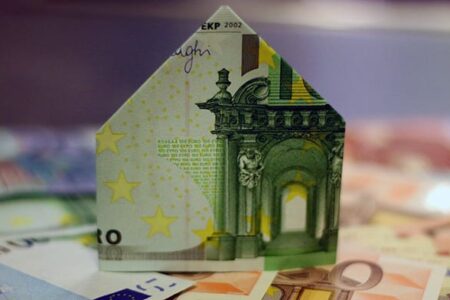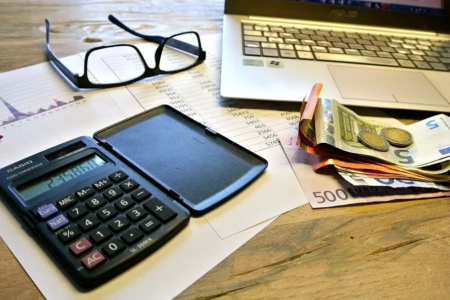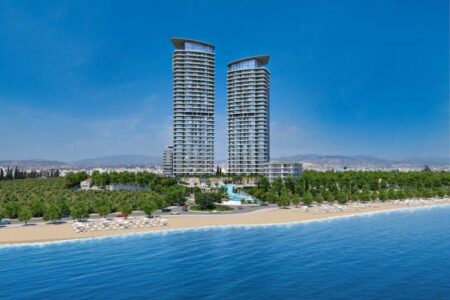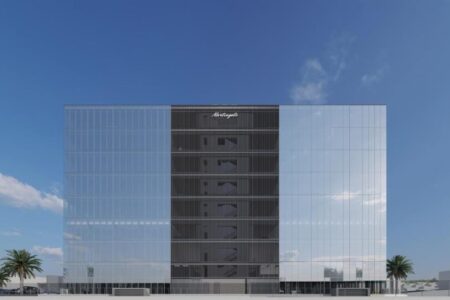08.03.2022
Most people will simply calculate the total amount they paid for their home (i.e. the cost of buying a vacant lot plus the total cost of construction) and take that as the market value of their property. Well, I’m sorry to be the one who says it’s not true! I’m sure many will argue that this must be true since that’s the price. Unfortunately, cost is not value.
Just to explain with an example, the cost of building something in the mountains is relatively more than the cost of building the same object in the city center. Why? Because this “minor” primary product, called concrete, has to be shipped many miles further, which means higher costs; because bricks also need to be moved the same distance; and because the construction company has to travel all those miles every day for several years to build this block (unless the construction company, concrete company, brick company, etc. are based in the mountains).
This was a very simple explanation of value versus value. Now let’s assume that I was able to get a license to build a beautiful house in an agricultural area or an area where there are farms around my property, compared to a similar house built just a few miles further away in a residential area. Let’s also assume that the cost of building two blocks is the same. Well, some might argue that a house next to the farm has an advantage, as it will have that great “pig smell” from the farm next door when you enjoy an evening drink on the veranda, or the fact that the owner will need to drive the car on dirt road a couple of miles before they find a paved main road, or even the fact that the farmer next door will supply them with fresh eggs for breakfast every morning.
However, the value of the two properties is not based on the cost of construction, but rather on how much the market is willing to pay for them!
Similarly, when developing a vacant lot, the investor must analyze the most efficient and best use of that property/lot. This will be considered the fair use of the property that yields the highest present value. A feasibility study can be carried out for all eligible uses of the property, and the financially feasible use that yields the highest financial return can be considered the highest and best use. Based on the foregoing, if I decide to build a two-story home on a lot located on a commercial avenue with a valid use for a potential six-story commercial building, I don’t look like a very good investor. This automatically changes the use of the property from commercial to residential, as I had a “fantastic idea” to build a two-story house on a commercial lot that could be turned into a six-story commercial building. Thus, I influenced the cost of the site and the property in general.
The same applies to investing in real estate that already has buildings on the site. There are two main factors to consider here: current usage and development potential. The one above is the best investment option. If, for example, a 30-year-old one-story house stands on a commercial site, the investor will consider his options. Current use (leave as is) vs development potential (demolition of existing buildings and development of vacant lot). Let’s give some insider information here… “Choose the second option”! Thus, the investor will not attach any value to the existing buildings on the site, as they will simply be demolition costs.
What if the same lot is already fully developed up to six stories, and the building is relatively new, but the “use” of the buildings is not considered the best and best use of the lot?
Well, unfortunately, whatever the construction costs for the development of this site (with misuse), it will affect its overall value! This is where the importance of market analysis comes into play in the equation; just prior to actual development.
Angelos Georgiou FRICS, Managing Director of FCIArb – KTESION. Real estate and asset advisory, Fellow of the Royal Institute of Chartered Surveyors (RICS), Fellow of the Royal Institute of Arbitrators (CIArb)
















